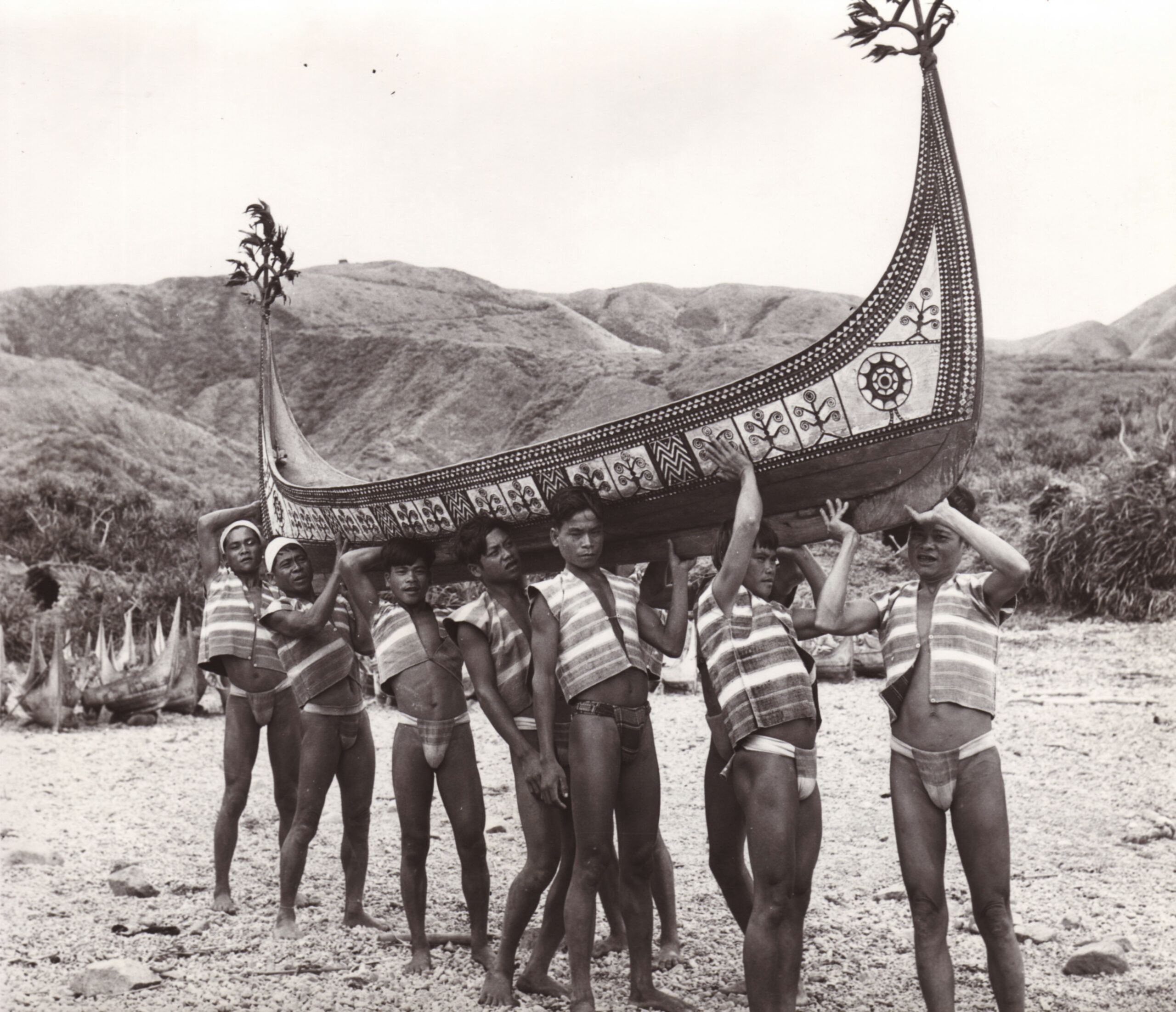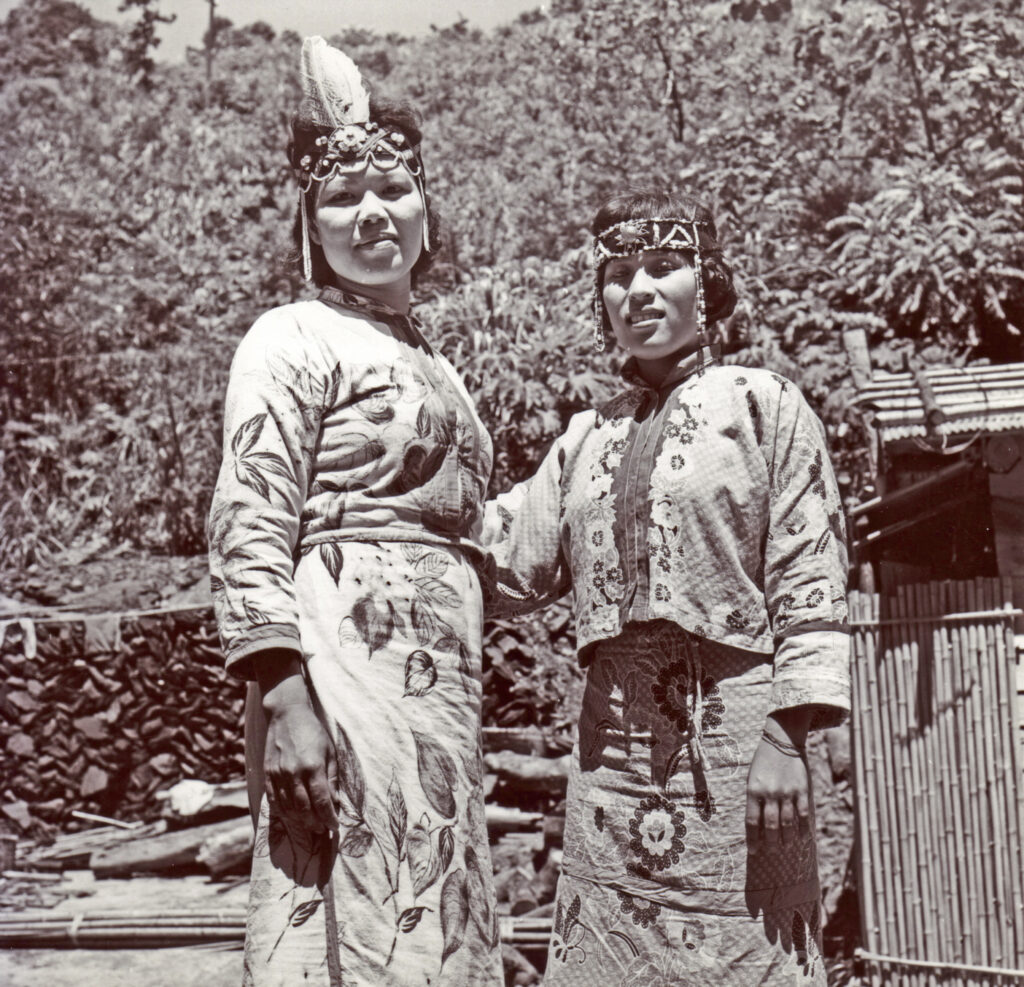
The MEP in Taiwan : an overview (1950-1975)
Catholicism is first introduced on the island of Formosa in 1626 with the arrival of western colonial powers like Holland or Portugal. However, it is only after the end of the Japanese domination (1895-1945) that Catholicism can really be implemented in Taiwan.
The activities of the MEP on the island follow up directly from the deportations of the missionaries from continental China by the communist regime in 1950. The MEP decide to settle in Hualien on the east coast of the island. In 1952, Taiwan is recognised as having officially integrated the hierarchical system of the Catholic Church, as it becomes the 21st ecclesiastical province of Chinese Catholicism. The MEP focus their effort on the evangelisation of the aboriginals of the island. The Holy See creates the apostolic prefecture of Hualien, nominating Mgr Vérineux as administrator. The prefecture later becomes a diocese in 1963.
Between 1952 and 1967, the diocese experiences a spectacular growth, reflected in a significant increase in the numbers of believers. However, the industrialisation and urbanisation of Taiwan provoke a massive rural exodus and with it the weakening of the links between the young generations and their communities of origin. As a direct consequence of these changes, the number of Catholics in Hualien greatly decreases. In order to meet these new challenges, from 1975 onwards, the MEP fathers adjust their activities and develop charity and social works.

A chronology
- 1626: first failed try by western colonial powers (Holland, Spain, Portugal) to Christianise the island.
- 1858: second try at the evangelisation of Formosa, this time initiated by the MEP, but also resulting in failure.
- 1950: deportation of all the missionaries from continental China by the communist regime. The MEP successfully settle in Hualien, on the east coast of Taiwan.
- 1952: Taiwan becomes the 21st ecclesiastical province of Chinese Catholicism.
Mgr Vérineux is nominated apostolic administrator of Hualien. - 30th of June 1961: there are 200,119 Catholics in Taiwan, a number multiplied by ten in nine years.
- 1963: the apostolic prefecture of Hualien becomes a diocese.
At this time, 16.4% of the population of the apostolic prefecture is baptised. - 1975: Mgr Kia succeeds to Mgr Vérineux at the head of the Hualien diocese.
CHARBONNIER Jean (MEP), « Les missions étrangères en Chine : Tibet-Mandchourie-Hongkong -Taïwan », in Les Missions étrangères en Asie et dans l’océan Indien, Paris : Les Indes savantes, 2007, pp. 48-76.
CHEN Fangzhong, SU Kaiming, « Le catholicisme à Taïwan intégré dans la culture asiatique : la Communauté de vie chrétienne », in Christianisme et Orient (17e-21e siècles), ed. Paul Servais, Louvain-la-Neuve : Bruylant-Academia, 2010, pp.187-203.
LIU Pi-chen, « Brève histoire des Missions étrangères de Paris et de l’évangélisation des Aborigènes à Taïwan », in Les ecclésiastiques français de la côte est de Taïwan, Taipei : National Museum of Natural Science, 2019, pp. 67-106.
Sources
RONDEAU Marcel, « Lettres de Formose » in Missionnaires d’Asie, Paris : Missions étrangères de Paris, 1953, pp. 137-149.
VÉRINEUX André-Jean, Souvenirs, Hwalien : Mission catholique, 1977.
Film
SIMONNET Christian (MEP), Le miracle de Formose, 1957
(1626-1950) Les débuts du catholicisme
- Premières tentatives d’évangélisation
- La domination japonaise
(1950-1968) L’expansion rapide des Missions Étrangères à Hualien
- (1950) le choix de Hualien
- (1952-1967) développement rapide du catholicisme
- (1963) érection du diocèse de Hualien
(1968-1974) Revers de l’industrialisation pour le diocèse de Hualien
Depuis 1975 : Renouvellement des méthodes d’évangélisation
- Un ministère menacé par l’exode rural et la montée du taoïsme et du bouddhisme
- Les MEP à Taïwan depuis les années 1990



